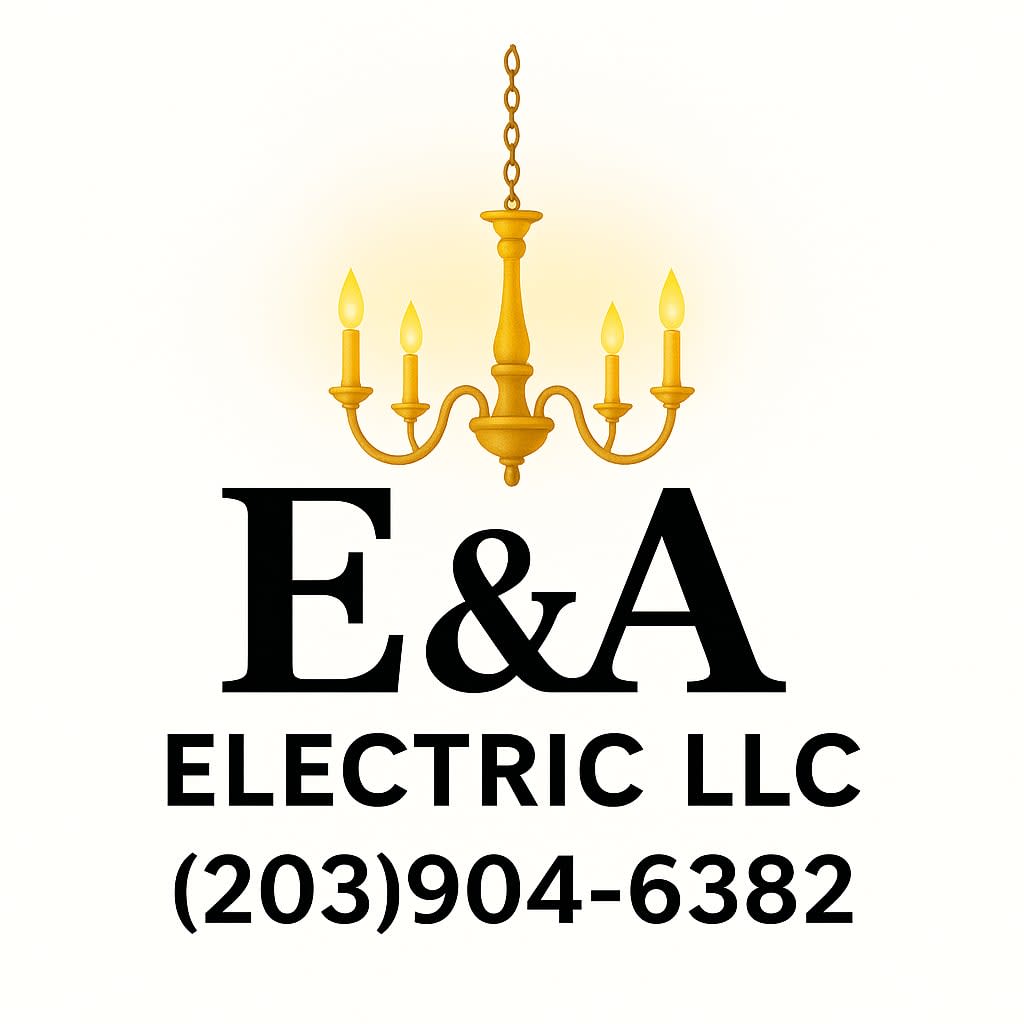
What Happens During a Home Electrical Inspection?

Ever wonder what an electrician actually checks during a home inspection? Whether you’re buying a house, remodeling, or just making sure everything’s safe, here’s what really happens during an electrical inspection — and why it matters.
1️⃣ Checking the Main Electrical Panel
This is where it all starts. The electrician looks for signs of rust, overheating, or outdated breakers. They’ll make sure everything is properly labeled and safely handling your home’s electrical load.
2️⃣ Inspecting Outlets and Switches
Each outlet and switch is tested for proper grounding and tight connections. Loose wiring or worn outlets can cause small sparks or shocks — both warning signs of bigger problems.
3️⃣ Testing Ground Fault and Arc Fault Protection
Modern homes need GFCI and AFCI protection in key areas like bathrooms, kitchens, and bedrooms. These devices help prevent electrical shocks and fires by cutting off power instantly when something’s wrong.
4️⃣ Looking Over Visible Wiring and Fixtures
Your inspector checks for exposed wires, damaged insulation, or old connections that need updating. Even something small like a frayed wire can become a hazard over time.
5️⃣ Evaluating Smoke and Carbon Monoxide Detectors
An often-overlooked part of electrical safety — the inspector ensures your detectors are installed in the right spots and working properly.
6️⃣ Final Report and Recommendations
Once everything’s checked, you’ll get a detailed report of what’s safe, what needs attention soon, and what should be fixed right away.
Conclusion:
A home electrical inspection isn’t just about code compliance — it’s about keeping your home and family safe. Even if everything seems to be working fine, an inspection can uncover hidden issues before they turn into costly repairs or safety risks.
We're Here To Help !
We provide electrical services for both commercial & residential properties. Don't hesitate to reach out - whether you have questions or need a service , we're here for you anytime, any day !
Send us an email
[email protected]